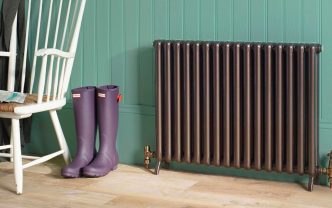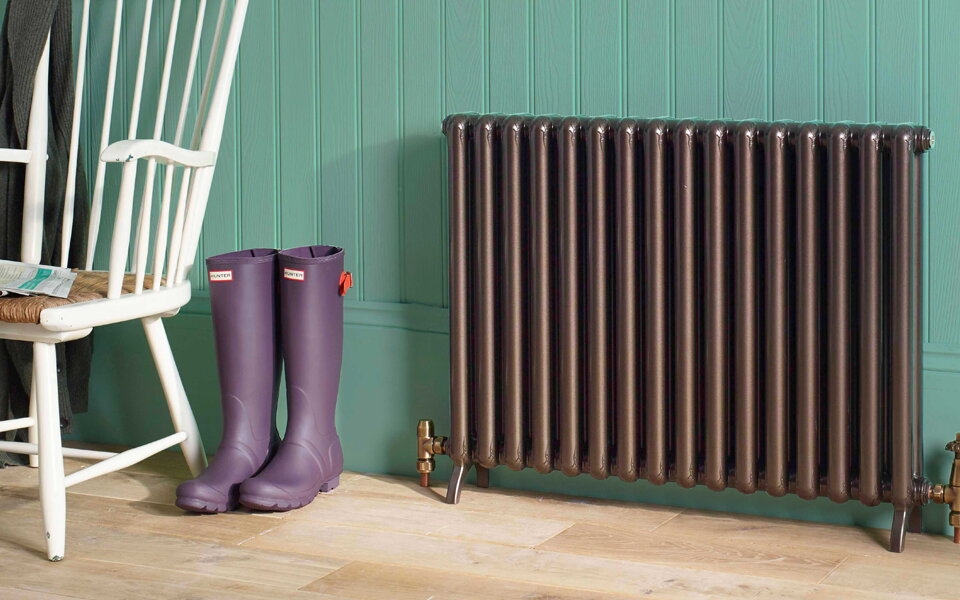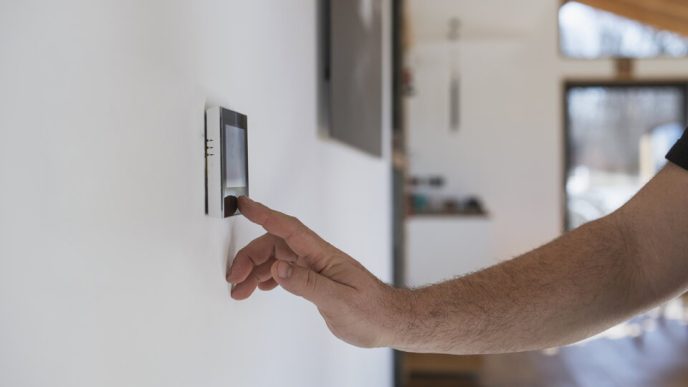The Case for Electric Panel Heaters
Picture this: clean lines on the wall, a soft, even warmth curling into every corner, and no clunky boiler hiding in a cupboard. Electric panel heaters are the kind of modern convenience that quietly earns its place. They convert electricity directly into heat with impressive efficiency, slot neatly into rooms without fuss, and give you pinpoint control over when and how you warm your space. For homeowners navigating energy costs and sustainability choices, that combination is hard to ignore.
These heaters aren’t trying to be everything to everyone; they’re solving for comfort, flexibility, and aesthetics. Apartments without central systems, home offices carved out of spare rooms, guest bedrooms, studios—panel heaters step in where big, complex systems would be overkill (or impossible). And in well-insulated homes, they’re a savvy way to keep things cozy without reorganizing your life—or your walls.
Simple Setup, Instant Comfort
One of the biggest draws is how straightforward they are. Most panel heaters mount to a wall with a few screws and plug into a standard socket. No pipework. No venting. No waiting on a weekend installation crew. For renters or anyone who likes their upgrades reversible, many models also come with feet for freestanding use.
That simplicity pays off in maintenance as well. With no moving parts like pumps or fans in most designs, upkeep is minimal beyond an occasional dusting. If you’ve ever dealt with a temperamental boiler, the idea of set-it-and-forget-it heat feels like a breath of fresh air.
Controlled Efficiency That Feels Personal
Direct-acting electric panel heaters heat your room with most of its electricity. True magic lies in the controls. Modern models have digital thermostats, daily and weekly schedules, open-window detection, and adaptive start features that preheat according on room warming speed. That means warmth when needed and savings when not.
Costs will always hinge on local energy rates and how well your home holds heat, but panel heaters offer something wonderfully predictable: room-by-room control. Heat the study when you’re working, the bedroom just before lights-out, and the living room on movie night. Used thoughtfully—especially alongside good insulation and draft-sealing—they can be a cost-competitive part of your heating strategy.
Whisper-Quiet Warmth You’ll Feel, Not Hear
If ambient noise makes you twitchy, you’ll appreciate how quiet panel heaters are. With no fans (in most designs) and no gurgling pipes, they radiate a steady, even warmth that fades into the background of your life. Bedrooms, nurseries, reading nooks, podcast studios—this is heat that won’t compete with your thoughts or your soundtrack.
Even heat distribution matters, too. Because panel heaters warm the air around them and often add a touch of gentle radiant heat, the room feels consistently comfortable without hot spots or cold corners. It’s comfort you notice only when it’s gone.
Slim, Stylish, and Room-Friendly
A low-maintenance heater? Yes, please. Panel heaters are elegant and low-profile, matching modern homes and not crowding walls. Matte whites, modest contours, and narrow depths make them unobtrusive below windows or in hallways.
They also scale well: you can choose wattages tailored to small bedrooms, open-plan living spaces, or that tricky space over the garage with too-thin walls. The result is more than just warm air—it’s a clean, intentional space where comfort looks as good as it feels.
Safety You Don’t Have to Think About
Peace of mind is built in. Quality panel heaters typically include overheat protection that cuts power if internal temperatures climb too high. Many designs keep surface temperatures relatively low compared with older electric heaters, reducing burn risk if curious hands or paws get too close. Tip-over sensors are common on freestanding models, and child-lock controls help keep settings tamper-free.
These are small details you’ll rarely notice—until the day you’re grateful they’re there.
When They’re the Right Fit—and When They’re Not
Everything depends on context. In well-insulated rooms, temperate regions, and homes with zoning, electric panel heaters work well. They’re great for supplemental heating in a chilly guest room, a glassy sunroom that requires evening warmth, or a home office you keep cosy during work hours without heating the whole house.
Cold climates or large, draughty dwellings may require additional remedies. Compact heaters might be overwhelmed by high heat loss, tall ceilings, or outdoor exposure. Insuring and sealing drafts will do more for comfort and cost than any single item, and panel heaters can fit nicely into that enhanced enclosure.
The Bigger Picture: Energy and Sustainability
Electric heating is only as green as the electricity behind it, but the grid is shifting fast. With more renewables coming online and home solar growing, electric panel heaters are well positioned to ride that cleaner curve. They also avoid on-site combustion and the maintenance burdens of fuel-based systems, which means fewer moving parts, fewer service calls, and a smaller operational footprint at home.
Pair them with smart controls and mindful scheduling, and you’ve got a nimble, responsive way to warm the rooms you live in most—nothing more, nothing less. It’s a modern approach to comfort that fits the way we actually use our homes today.
FAQ
Are electric panel heaters expensive to run?
Operating cost depends on your electricity rate, insulation, and usage, but room-by-room control can make them competitive for targeted heating.
Can a panel heater warm an entire home?
They can, especially in smaller or well-insulated homes, though larger or colder spaces may benefit from a hybrid approach.
Do I need a professional to install one?
Most models are DIY-friendly—wall-mount and plug in—though hardwiring should be handled by a qualified electrician.
Are they safe for homes with kids and pets?
Yes; modern units include overheat protection, child locks, and cooler-to-touch surfaces to reduce risk.
Will they make noise while running?
Generally, no; most are fanless and operate virtually silently.
Do they work with smart home systems?
Many newer models include app controls or integrate with popular smart platforms for scheduling and remote access.
What size heater should I choose?
Match the wattage to your room’s size and heat loss; manufacturer guides can help you pick an appropriate output.
Can I use one in a bathroom?
Only bathroom-rated models with proper IP protection and correct installation zones are suitable for wet areas.














